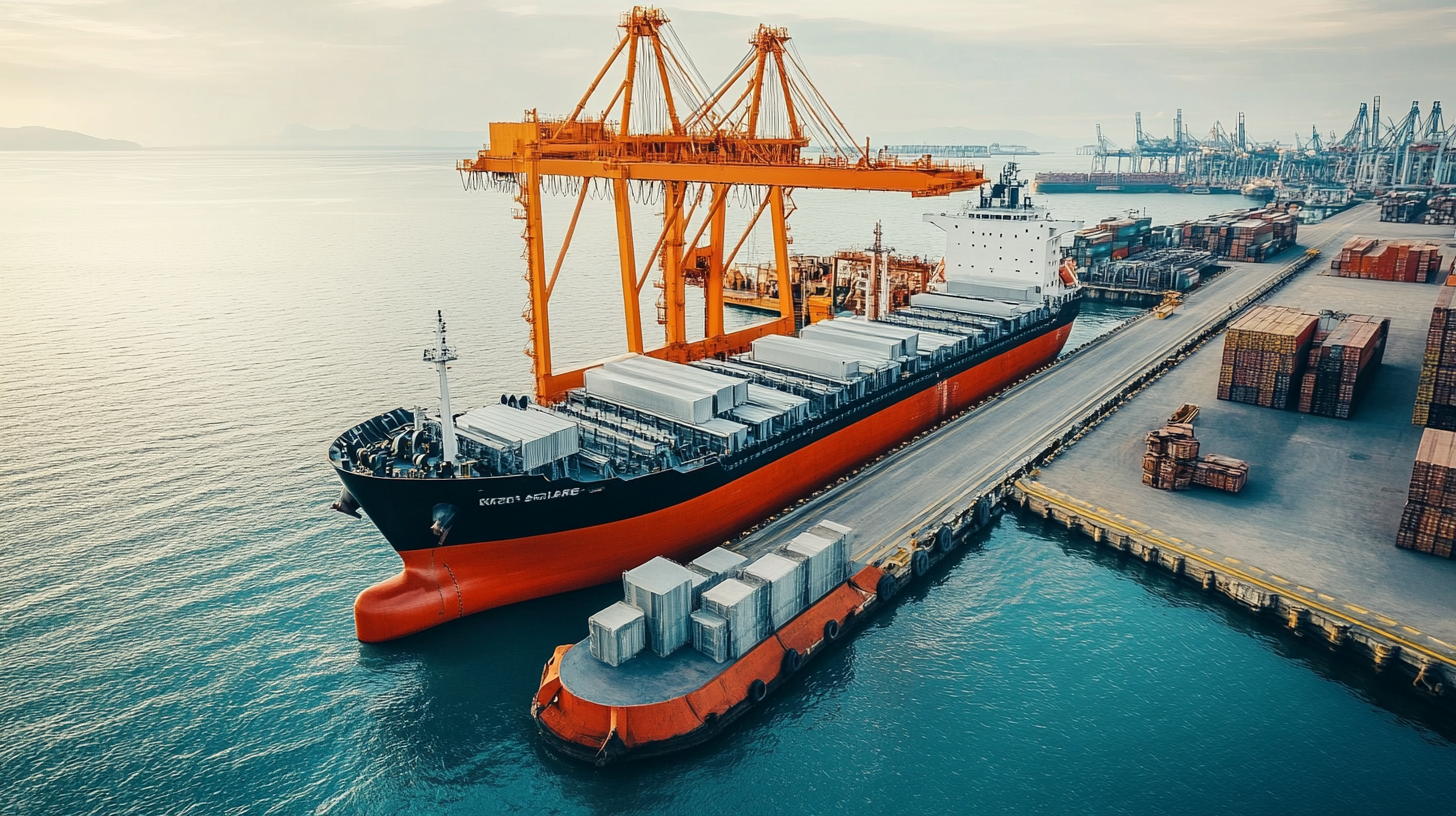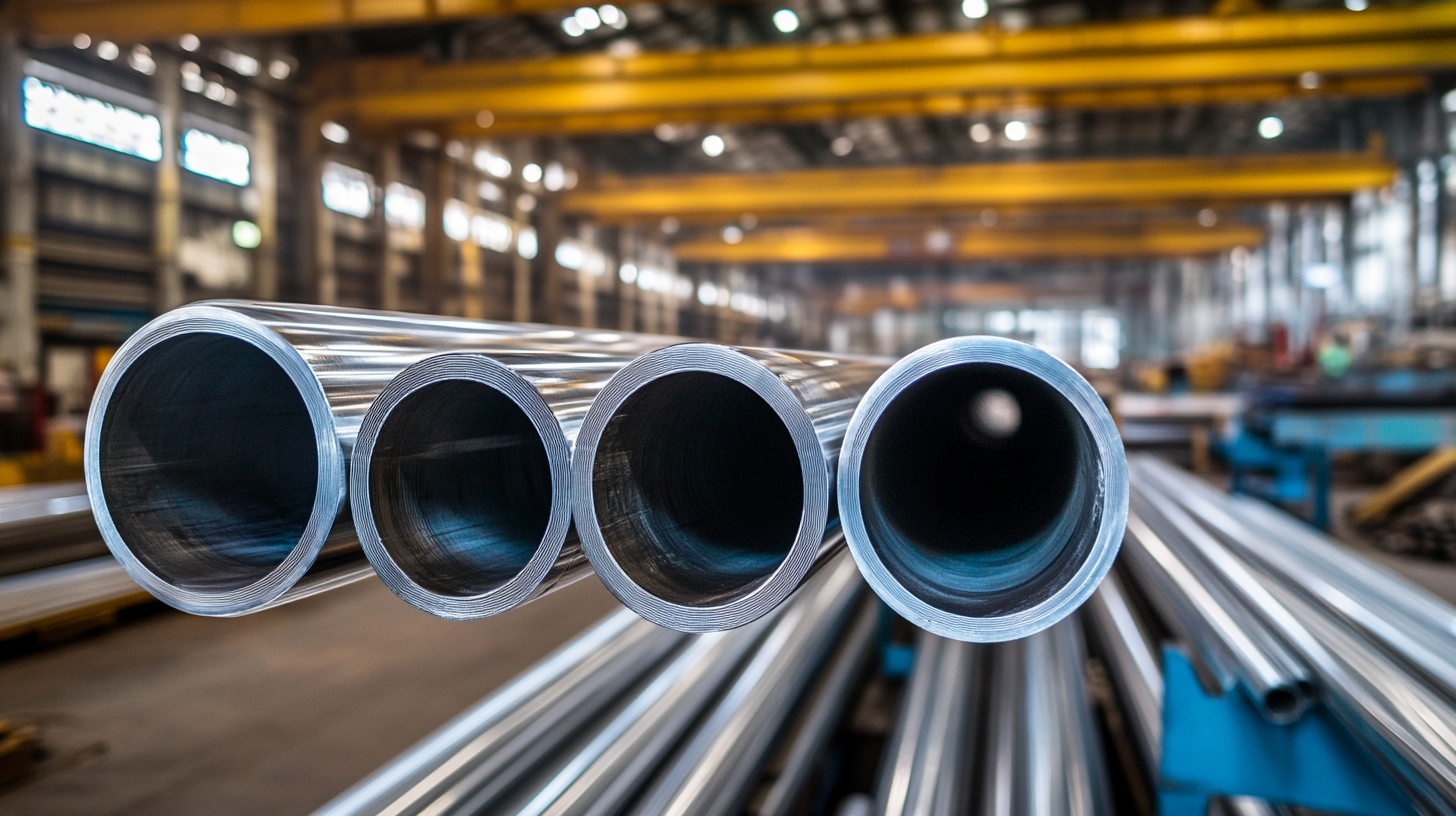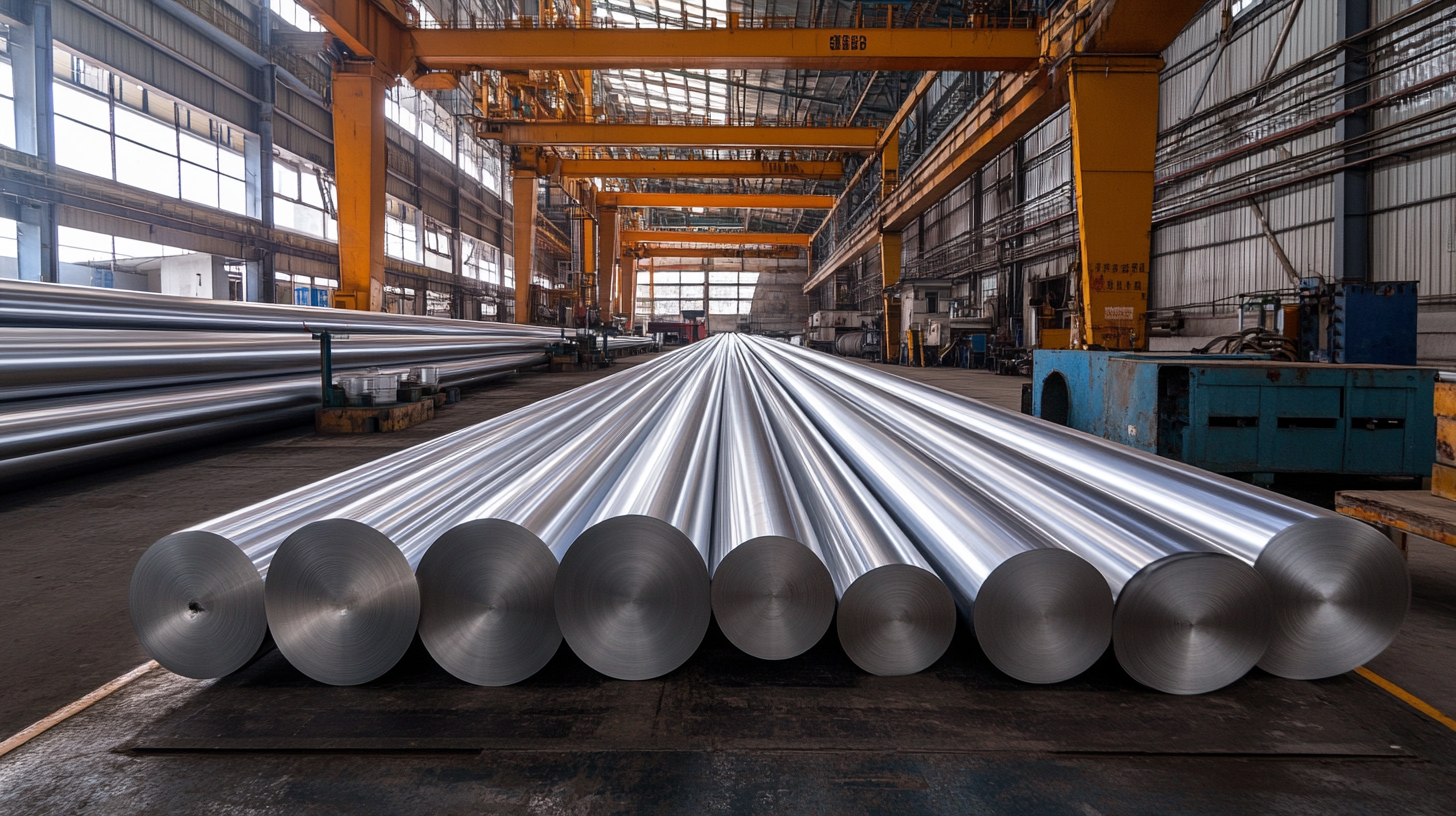Understanding Global Standards for Aluminium Flagpoles: Key Insights for Importers
As the world increasingly embraces globalization, the demand for high-quality and durable products, such as aluminium flagpoles, has surged. According to a recent report by MarketsandMarkets, the global aluminum market is projected to reach USD 189.4 billion by 2025, growing at a CAGR of 5.4%. This growth is driven not only by the construction and automotive industries but also by the rising popularity of outdoor decorative items, including flagpoles. The strategic importance of aluminium flagpoles in public and private spaces highlights the need for importers to understand the varying global standards and specifications to ensure product quality and compliance.
Navigating the complexities of international regulations and industry standards can be challenging for importers seeking to enter the aluminium flagpole market. The American National Standards Institute (ANSI) and the International Organization for Standardization (ISO) set forth guidelines that govern material properties, safety, and design specifications. Familiarity with these standards is essential for importers to avoid costly errors and ensure that they meet customer expectations. As the aluminium flagpole market continues to evolve, understanding these key insights will empower importers to make informed decisions and gain a competitive advantage in this dynamic industry.

Overview of Global Standards for Aluminium Flagpoles
Aluminium flagpoles serve as essential structures in promoting national pride and brand visibility. Understanding the global standards governing these flagpoles is pivotal for importers seeking quality products that comply with safety and performance requirements. Various organizations have established guidelines that include material specifications, design criteria, and testing protocols to ensure durability and safety. One of the most recognized standards for aluminium flagpoles is set by the International Organization for Standardization (ISO). ISO standards outline specifications for the materials used, including the type of aluminium alloys, and the necessary treatments to enhance corrosion resistance. Importers must be familiar with these standards to avoid subpar products that might not withstand harsh environmental conditions. Furthermore, local regulations may also impose additional requirements based on geographical factors, which importers need to consider. Another significant aspect of global standards is the emphasis on manufacturing processes. The adherence to quality control measures during production is crucial to guarantee the structural integrity of the flagpoles. Testing for wind load capacity and resilience against extreme weather is often specified, ensuring that importers receive products capable of enduring the rigors of outdoor display. By staying informed about these standards, importers can make educated decisions, ultimately contributing to the longevity and effectiveness of the flagpoles marketed.

Importance of Compliance for Importers of Aluminium Flagpoles
Understanding the compliance landscape for aluminium flagpoles is crucial for importers aiming to navigate the global market successfully. The aluminium flagpole industry is governed by various standards, including ASTM International and ISO certifications, which ensure product safety, durability, and environmental compliance. According to a report by the International Aluminium Institute, global demand for aluminium products, including flagpoles, is projected to grow by 4.5% annually through 2025. This growth underlines the importance of adhering to compliance standards to remain competitive.
For importers, non-compliance can lead to significant financial repercussions, including penalties, product recalls, and bans on product sales in certain markets. A survey conducted by the Compliance, Safety, Accountability (CSA) program indicated that companies prioritizing compliance see a reduction in operational risks by up to 30%. Furthermore, compliance with international standards not only enhances product credibility but also opens doors to new markets, as many countries have stringent import regulations that necessitate certification.
Adhering to compliance standards is not merely about fulfilling legal obligations; it is an investment in quality and customer confidence. The market increasingly demands transparency, with 67% of consumers preferring brands that are certified and compliant with safety standards. By ensuring their aluminium flagpoles meet these requirements, importers can effectively differentiate themselves in a saturated market and reinforce their commitment to quality and safety.

Key Materials and Specifications Required for Aluminium Flagpoles
When considering the import of aluminium flagpoles, it is paramount to understand the key materials and specifications that define quality and durability. Aluminium is favored for flagpoles due to its lightweight yet strong properties, making it an ideal material for withstanding various weather conditions. One of the most important considerations is the grade of aluminium used; 6061 and 6063 are the most common grades, offering an excellent balance of strength and corrosion resistance.
In addition to the material, the specifications of the flagpole should be meticulously evaluated. This includes the height, diameter, and wall thickness, which all play crucial roles in the pole's stability and lifespan. Flagpoles range in height from residential to commercial sizes, and selecting the appropriate height based on intended use is essential. The diameter and thickness will determine how well the pole can withstand high wind loads, particularly in coastal areas known for gusty conditions.
Another critical aspect is the finishing process employed on the aluminium. Anodizing and powder coating are two popular methods that enhance the aesthetic appeal while protecting against oxidation and UV exposure. Importers should ensure that the flagpoles they source have undergone rigorous testing and adhere to international standards, ensuring they meet safety and durability requirements for various environments. Understanding these key materials and specifications is essential for making informed purchasing decisions in the aluminium flagpole market.

Understanding Certification Processes for Flagpole Imports
When it comes to importing aluminum flagpoles, understanding the certification processes is crucial for compliance and ensuring quality. Different countries have specific regulations that govern the importation of these products, often focusing on safety standards and material certifications. For instance, flagpoles may need to meet standards set by organizations such as the American National Standards Institute (ANSI) or the International Organization for Standardization (ISO). Importers must familiarize themselves with these standards to avoid potential hazards and legal issues.
Moreover, obtaining the necessary certifications can also enhance the marketability of aluminum flagpoles. Products that meet recognized standards often enjoy greater acceptance in various markets, as they are perceived as safer and more reliable. Importers should consider engaging with accredited testing laboratories that can perform material and structural integrity tests. These tests often cover aspects such as tensile strength, resistance to corrosion, and overall durability under different environmental conditions.
Additionally, the documentation process is an integral part of the certification journey. Importers must compile and present thorough documentation that proves compliance with the applicable standards. This includes technical data sheets, test results, and compliance certificates from recognized organizations. Understanding this documentation process not only facilitates smoother port clearance but also builds trust with customers who prioritize quality and safety in their purchasing decisions. Emphasizing due diligence in these areas reflects a commitment to quality and can significantly bolster an importer’s reputation in the competitive flagpole market.
Common Challenges in Meeting Global Standards and How to Overcome Them
When importing aluminium flagpoles, adherence to global standards is paramount; however, challenges often arise in this complex process. One of the most common obstacles importers face is navigating the varying specifications required across different countries. Each region may have unique regulations regarding materials, safety, and manufacturing practices. To overcome this, importers should invest time in research to understand the specific standards of their target markets, possibly consulting with experts or regulatory bodies to ensure compliance.
Another significant challenge is ensuring consistent quality throughout the production and shipment processes. Discrepancies in quality can lead to substantial financial losses and reputational damage. To tackle this, importers can establish robust quality assurance and inspection protocols before shipping. Collaborating closely with manufacturers to perform regular audits and checks can help maintain high standards and mitigate risks associated with subpar products.
Finally, communication barriers can hinder the import of aluminium flagpoles, especially when dealing with international suppliers. Misunderstandings regarding specifications or requirements can lead to delays or non-compliance. To address this challenge, clear and frequent communication is essential. Utilizing digital platforms that facilitate real-time discussions and updates can bridge gaps and foster better relationships with overseas partners, ensuring that both sides are aligned on expectations and standards.

